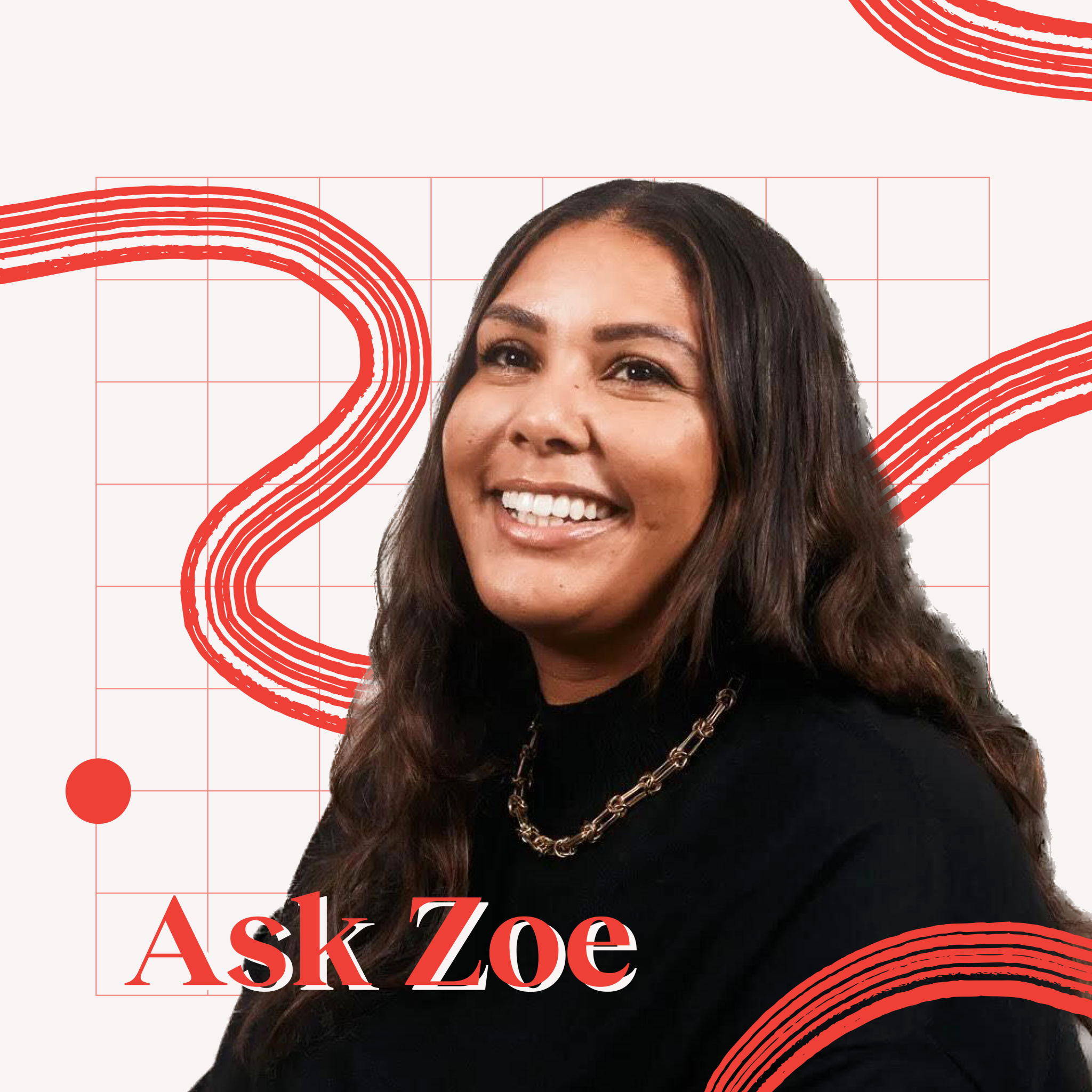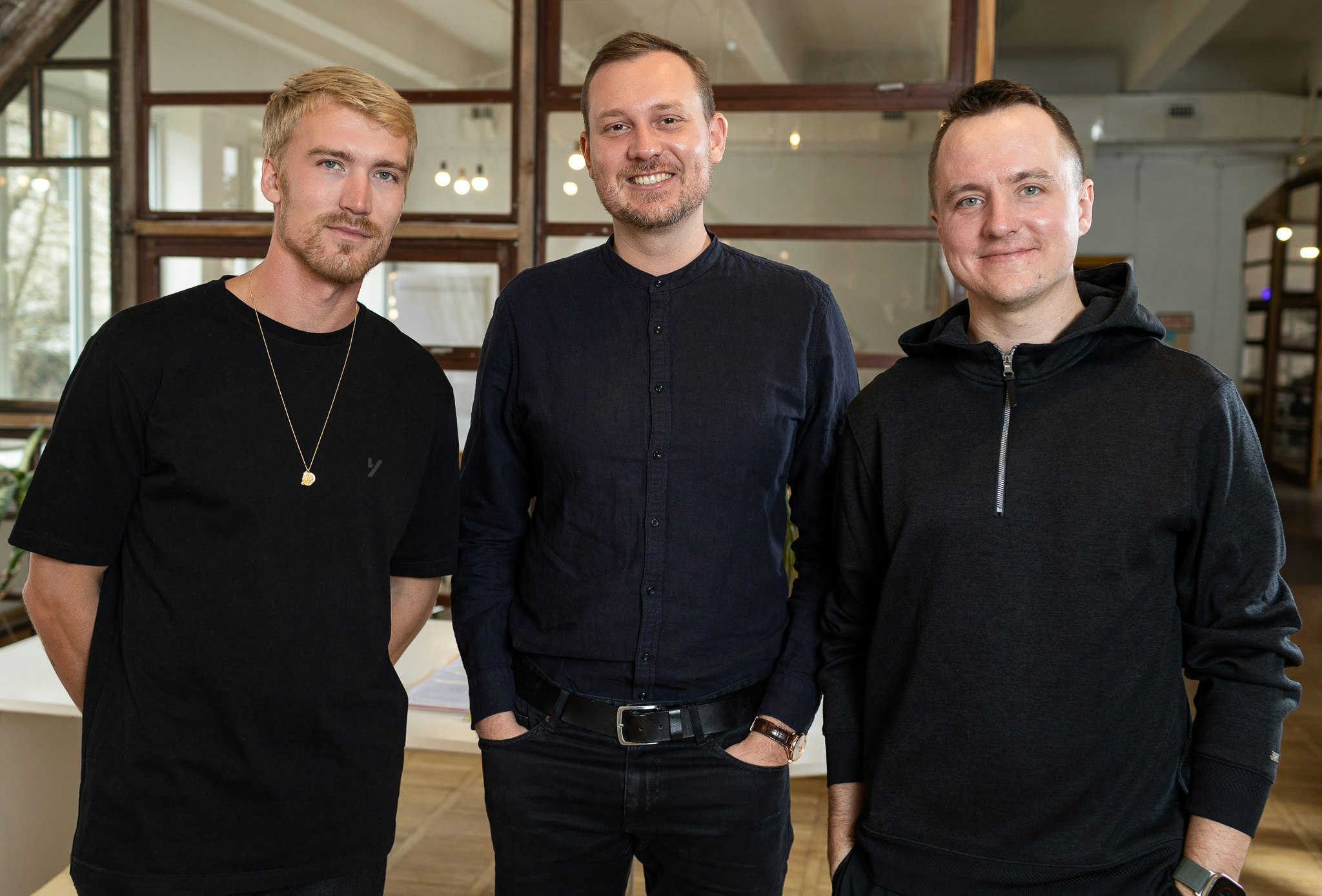My chat with Stephen Walker feels more like an AI show-and-tell session than an interview. The cofounder of Klu — a platform that helps other companies get value out of generative AI models — shares his screen with me from his home in Portugal to show me how he uses different tools at work.
“AI is allowing us to do more with less,” he says. “People are realising there are certain tasks that you can do without needing to expand your team or bring in junior folks.”
He believes that from a competitive standpoint — whether you're thinking about it as a business leader or as someone trying to build a career — leveraging AI and figuring out how to integrate it into your workflows is going to be key. “If you met someone who used a dictionary instead of an online spell check, you’d question their efficiency. Using AI will feel the same.”
In our Startup Life newsletter, Stephen shared his top tips for using AI tools at work.
Get started now
You may feel overwhelmed by the number of tools available or you may feel like AI is a hype that we’re going to cycle out of. But it’s here to stay and can be incredibly powerful — even to level up basic tasks. As a founder, for example, a simple place to start your AI journey is research. Use a tool like Perplexity, which is a knowledge base built on top of Google that responds to question prompts — everyone is used to Googling so it isn’t a huge learning curve — to help find out about investors you’re going to meet, as well as potential partners or customers. It's also a great place to ask for further AI learning resources.
Find tools that work for you
I don’t like things that autocomplete words or work for me. With coding, for example, I prefer using Cursor — an editor that has AI built into it. I can contextually talk to it about the work I’m doing and what I want it to help me with. It can be something as simple as, “Hey, I want to style this better” to more complex algorithms. Now, instead of having to create a ticket for my engineering team that would take a few days to get to, I can often fix a problem myself — and quickly. Figure out what you most want to improve in your workflow and then research tools that can support that goal.
Don’t rely solely on AI
Most results that are returned from an AI tool need to be iterated on. Instead of just copying and pasting the result, you need to treat it like an unpolished first draft: for it to be excellent, you as the domain expert will need to work on it to jazz it up, check for accuracy and potentially go deeper than the AI’s results. This is especially true for:
- Coding with tools like GitHub Copilot and Cursor.
- Writing with tools like Jarvis and ChatGPT.
- Data analysis with tools like Clay.
Treat it like junior talent
AI tools need to learn. You’d give an intern simple tasks — ones that are low risk and can be easily learned from — and then provide feedback on their work. AI models require the same input. The AI learning process is much quicker though. The learning cycle may look like this:
- You put in a prompt.
- You get a return.
- You iterate on the return by providing another prompt. Try phrasing things differently. How can you be more specific? This could take a few attempts.
Level up your analysis
Companies usually have someone to crunch data and numbers. Now, you can do a lot of that yourself. The paid version of ChatGPT lets you drop in spreadsheets, CSV docs and tables. Other tools, like Tableau and Claude also allow you to manipulate data. You can ask it to pull out key numbers, trends or forecasts.
Note: This doesn’t mean you can bypass your own data or numbers cruncher; it just means they can do more with their time.
Measure your time
AI can make you feel like you can do everything yourself. But you can easily trick yourself into thinking this is the best use of your time. Keep track of your time playing with AI tools:
- How much time are you spending on something?
- What’s the ROI of your time?
- Could it have been delegated?
- If you hadn’t done it, what else could you have done?
Set your team up for success
It’s all about culture. You need to demonstrate the behaviours you want to see from your team. Most people want to learn, they just don't want to be talked down to or forced to do something. Show your team what AI tools you’ve been playing and experimenting with. Ask for thoughts and feedback. Don’t be a perfectionist with it. This gives them permission to do the same. At the end of the day, we’re all lazy and we want to find better and faster ways of achieving results!
If there’s a specific tool you want the entire team to use. Say, “Hey, I’ve just started using this. Here’s a quick Loom (a recorded video demonstration) of how it works and how I think we should use it. Thoughts?”
On the subject of ... How to use AI tools at work
1. 7 ways to use ChatGPT at work. The tool can help you write emails, spot mistakes in lines of code and even negotiate a raise with your boss.
2. Having trouble with scheduling? Get ChatGPT to organise your daily work schedule for you, as demonstrated in this video by YouTuber Micah.
3. How to use DALL-E 101. Get help creating any number of things: from adverts and flyers to website images.
4. Write strong AI prompts. Getting the best out of AI tools like ChatGPT involves asking the right questions. Harvard Business Review has some pointers.



